It didn’t start with the chest—it started with the spine
She thought it was her posture.
Maybe her desk chair.
Maybe too many hours on her phone.
But nothing helped.
Stretching didn’t help.
Yoga didn’t help.
New pillows.
Massage.
Foam rollers.
Still, that deep ache stayed between her shoulder blades.
Every movement became a reminder of what she carried
Washing dishes meant leaning forward.
And that meant weight pulling down.
Vacuuming made her twist.
And that meant tension across her ribs.
Even lifting her arms to wash her hair triggered it.
Not sharp pain.
Just constant presence.
Unwelcome.
Unrelenting.
She didn’t expect breast reduction to be the answer
A friend mentioned it.
Not a doctor.
Not a specialist.
Just someone who saw her discomfort.
She laughed at first.
“I’m not that big,” she said.
But her back disagreed.
And her shoulders had been telling the truth for years.
Neck pain became part of her daily rhythm
She’d tilt her head slowly side to side.
Try to stretch without cracking.
Sometimes ice.
Sometimes heat.
She rotated through pain remedies like a playlist.
None gave more than a few hours of relief.
She didn’t need a smaller chest—she needed less weight on her frame
That’s what her surgeon said.
It’s not about cup size.
It’s about the pull.
The angle of strain.
The pressure on nerves.
The way your frame fights itself just to hold up.
Breast reduction isn’t cosmetic when you’re trying to breathe.
Shoulder grooves weren’t just from bras—they were from years of compensation
You could see the dents.
Even after she took the bra off.
Even after hours without it.
Her body had molded around the problem.
That kind of pressure leaves marks deeper than the skin.
She was told it was normal—and she believed that for too long
Doctors said she’d get used to it.
Said it was common.
But just because something is common doesn’t mean it’s harmless.
She stopped accepting pain as the price of her body.
There was no exercise that balanced the equation
She strengthened her core.
Built back muscles.
Did posture drills.
But the weight on her chest always won.
You can’t out-train anatomy.
The surgery didn’t just remove tissue—it removed pressure from her life
When she woke up post-op, she felt it.
The absence.
The lightness.
She didn’t expect to feel relief lying flat.
But it was there.
For the first time in years, she rested without pain.
She stopped thinking of her body in sections
Before surgery, her chest was separate.
Something she managed.
Something she carried.
After, it felt like one piece again.
Her back moved freely.
Her neck turned easily.
Her shoulders dropped—finally.
Pain relief wasn’t the only gain—but it was the one she remembered most
Clothes fit differently.
Better.
Sleeping was easier.
But what mattered most?
She didn’t wince when reaching.
Didn’t dread mornings.
Didn’t live with that ache that made her feel older than she was.
She didn’t realize how much tension she was holding until it was gone
Sometimes we forget what ease feels like.
We normalize tension.
Normalize pain.
Until something lifts.
And suddenly, you’re breathing deeper.
Standing taller.
Living quieter.
People asked if she felt different—she said she felt aligned
Not changed.
Not new.
Just finally in sync.
Her frame could move without fighting itself.
That’s what she meant by freedom.
No scan could measure how much better her body felt
There were no X-rays.
No MRIs.
No exact test for shoulder relief.
But she knew.
And her body thanked her in silence.
Every small motion became smoother
Turning the steering wheel.
Tying her hair.
Leaning down to tie shoes.
All easier.
Without the constant tension running along her spine.
The pain didn’t disappear overnight—but the source finally did
Recovery took time.
Soreness shifted.
Bruising faded.
But the old ache?
The one rooted in posture and pressure?
That one went quiet.
And stayed that way.
